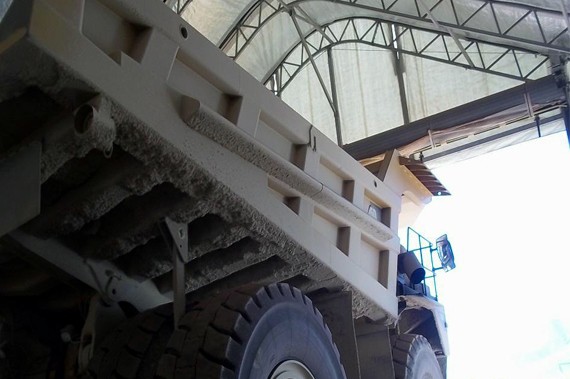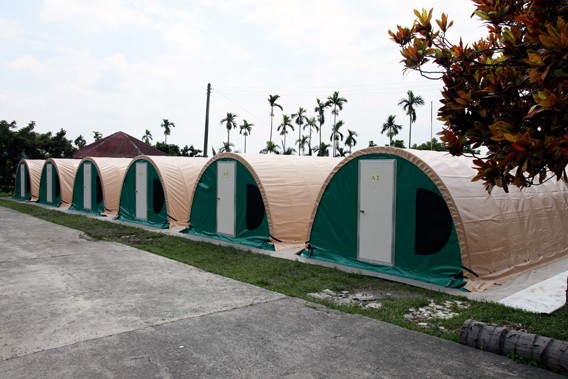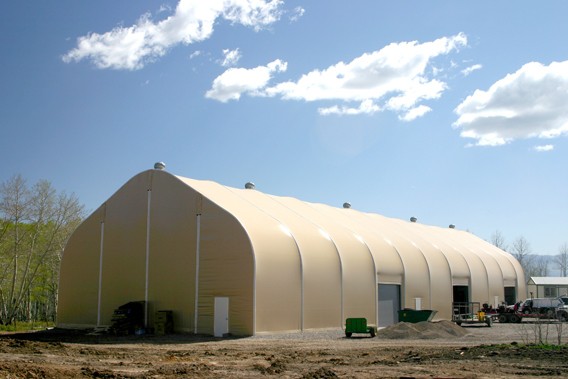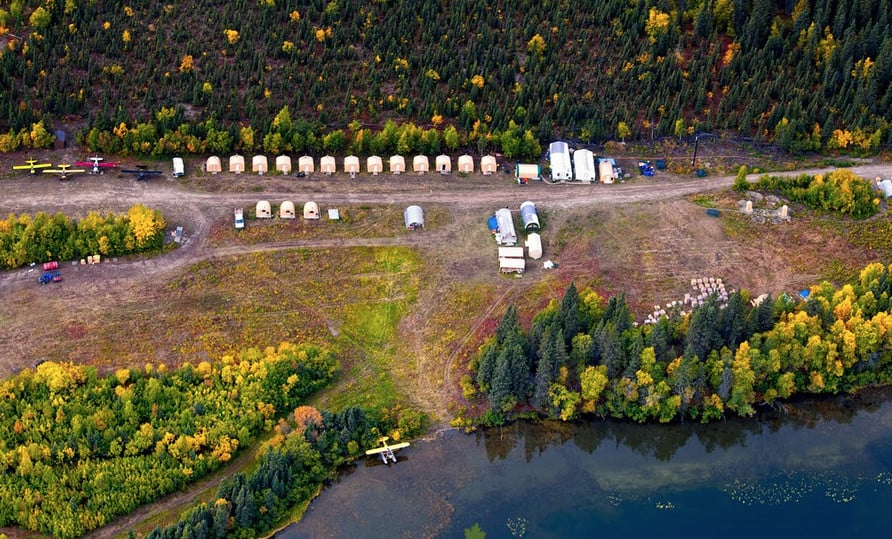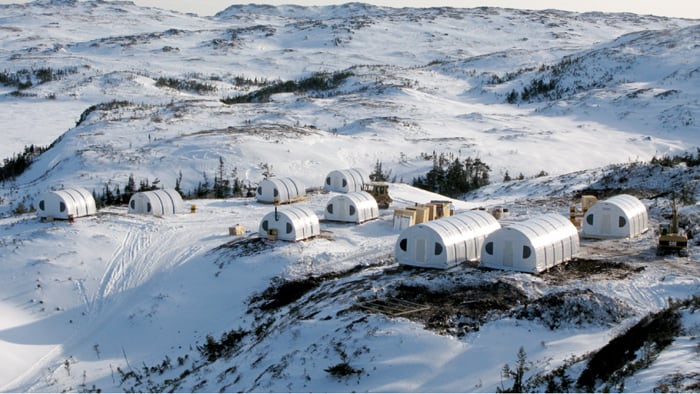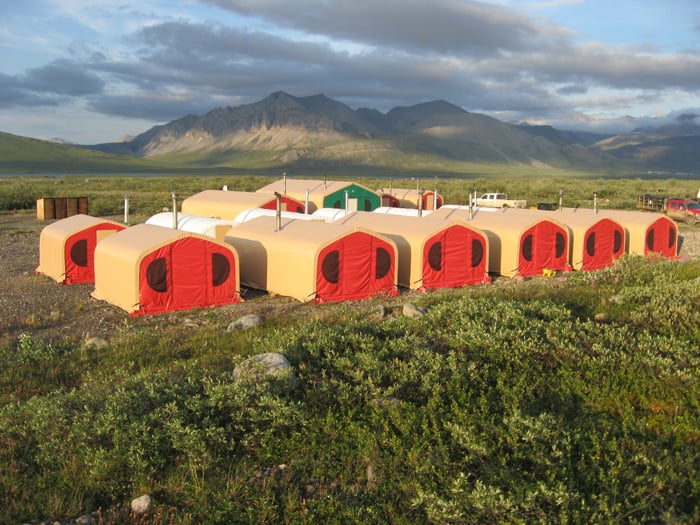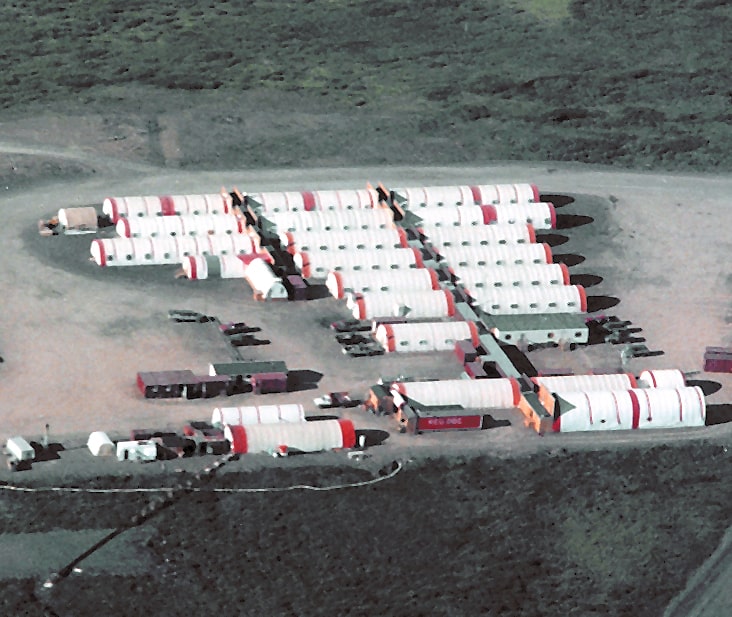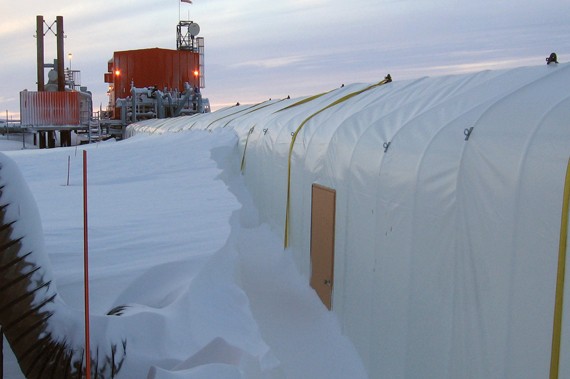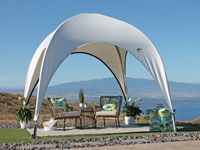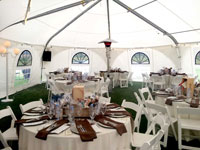As technology advances, mining operators rely on it more to help managing their sites. One tool can now predict time-to-failure of mining machines, however it is expensive. It relies on sensors and scientists to decode the data. Managers may not be able to make room for IT solutions in their operational budgets, but can still monitor their machines. Using the RAM metric can help prevent machine breakdowns. With proper upkeep, machines will last to their full potential, while failure time predictions do nothing for the machines. Updating buildings is the first step in upkeeping machines since they protect them; strength and durability are key.
